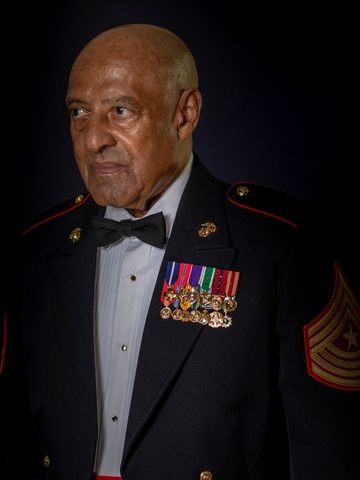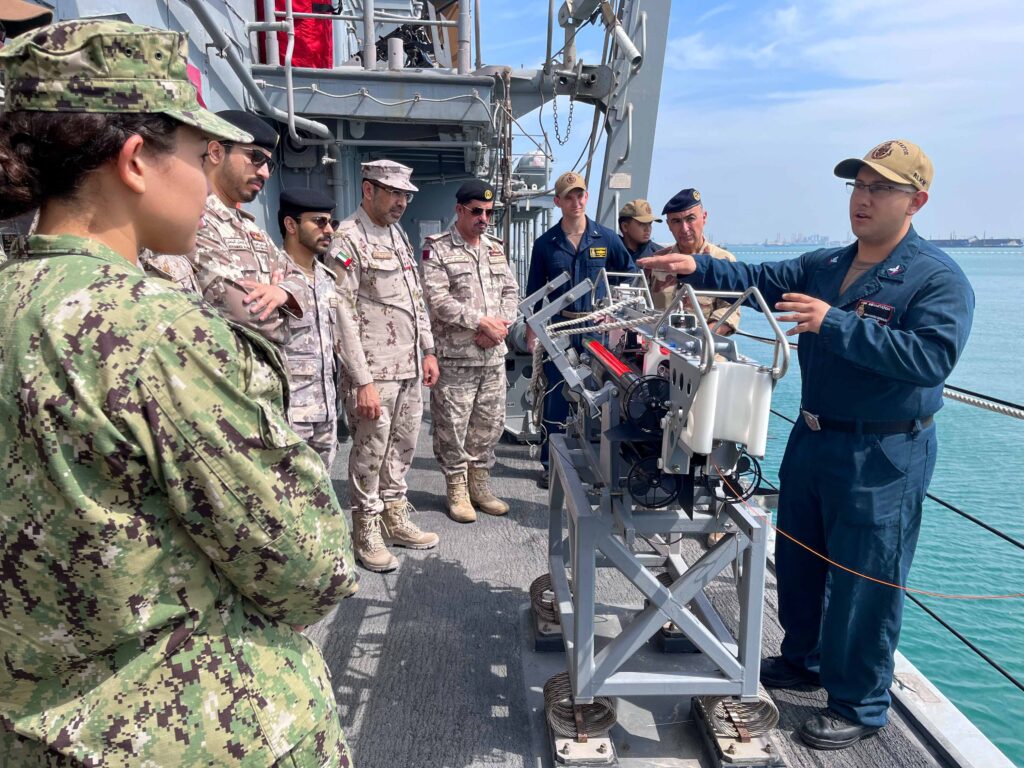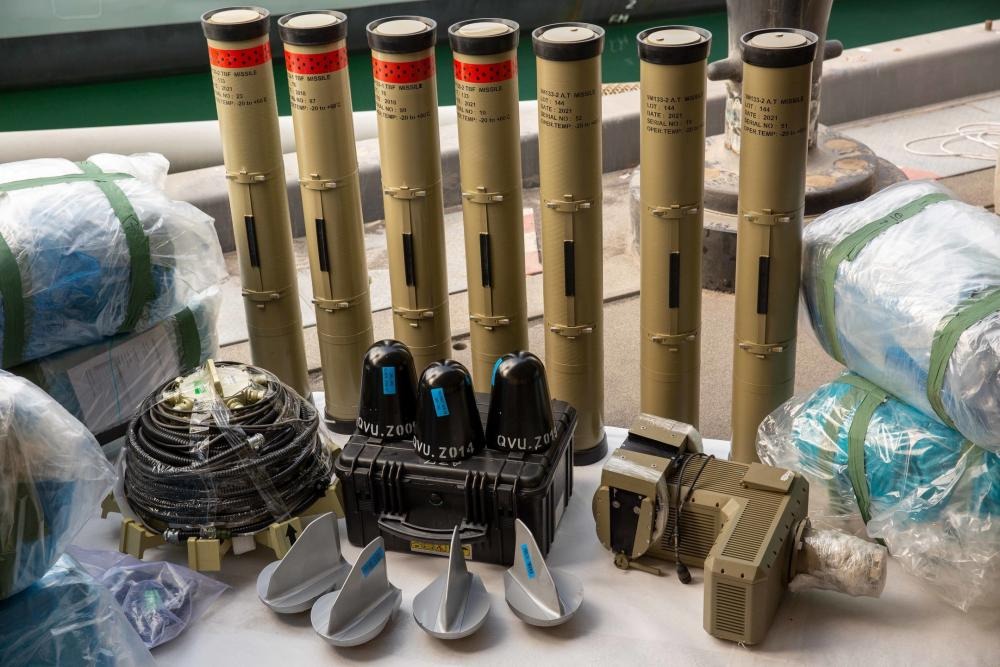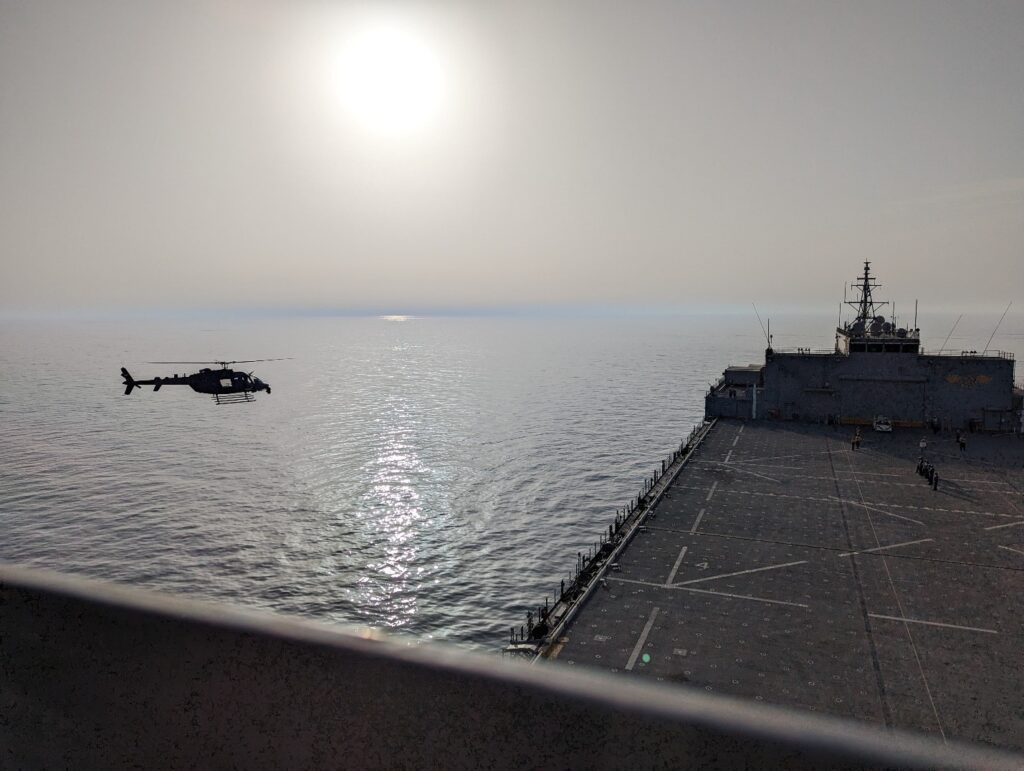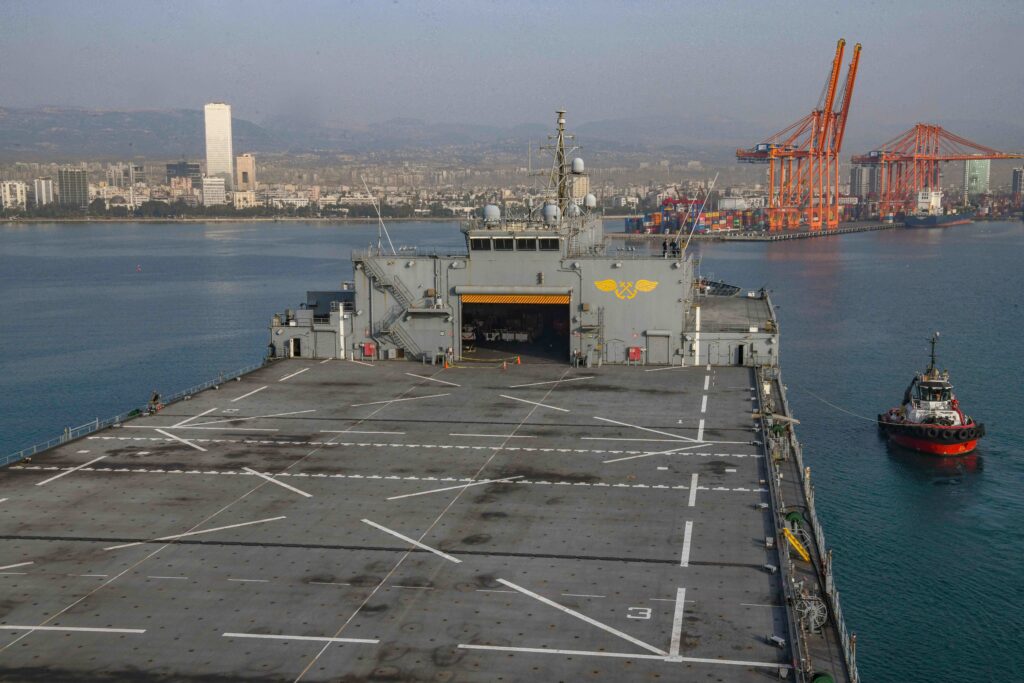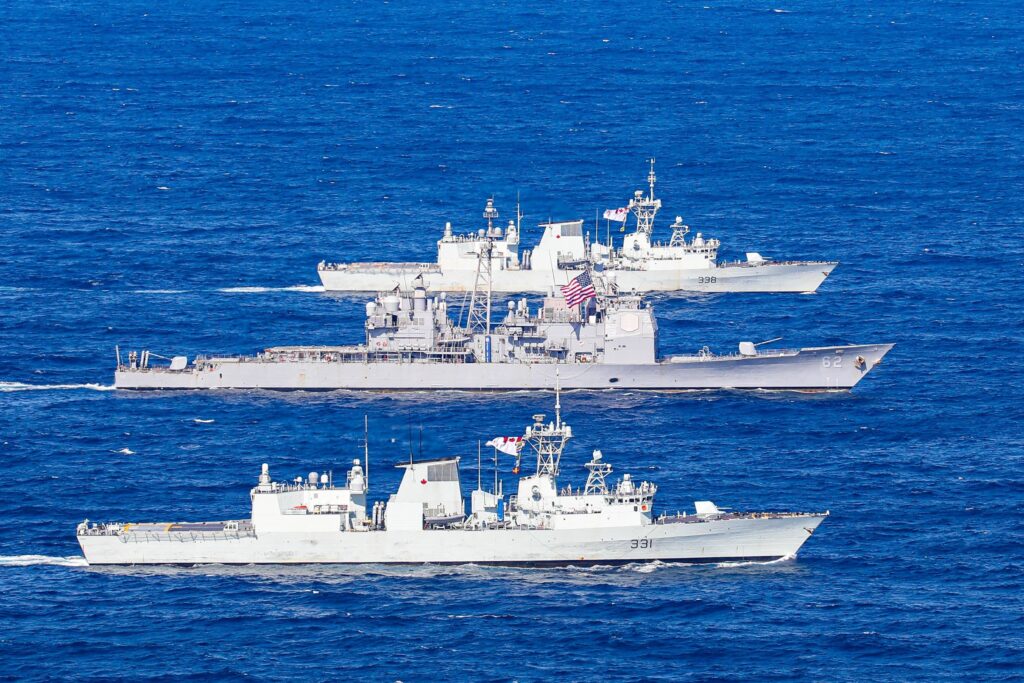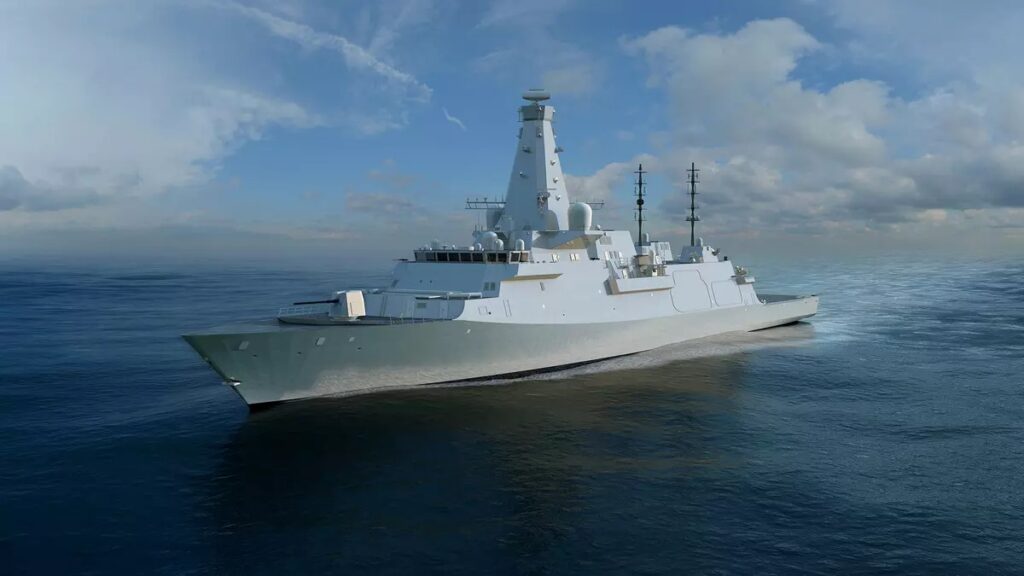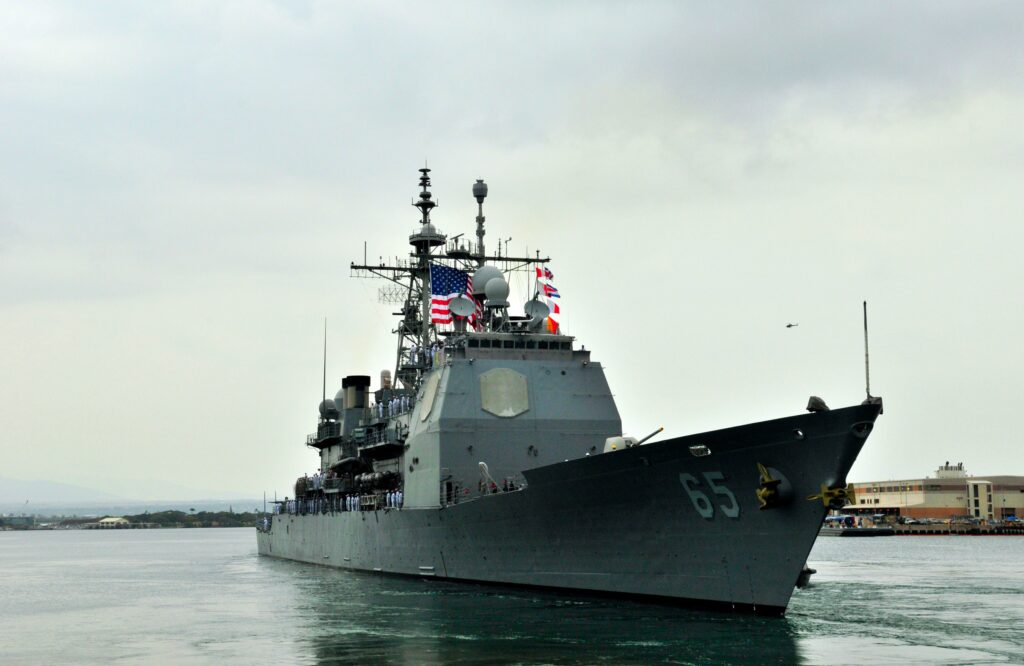Increased Maritime Capacity Important Factor for AFRICOM
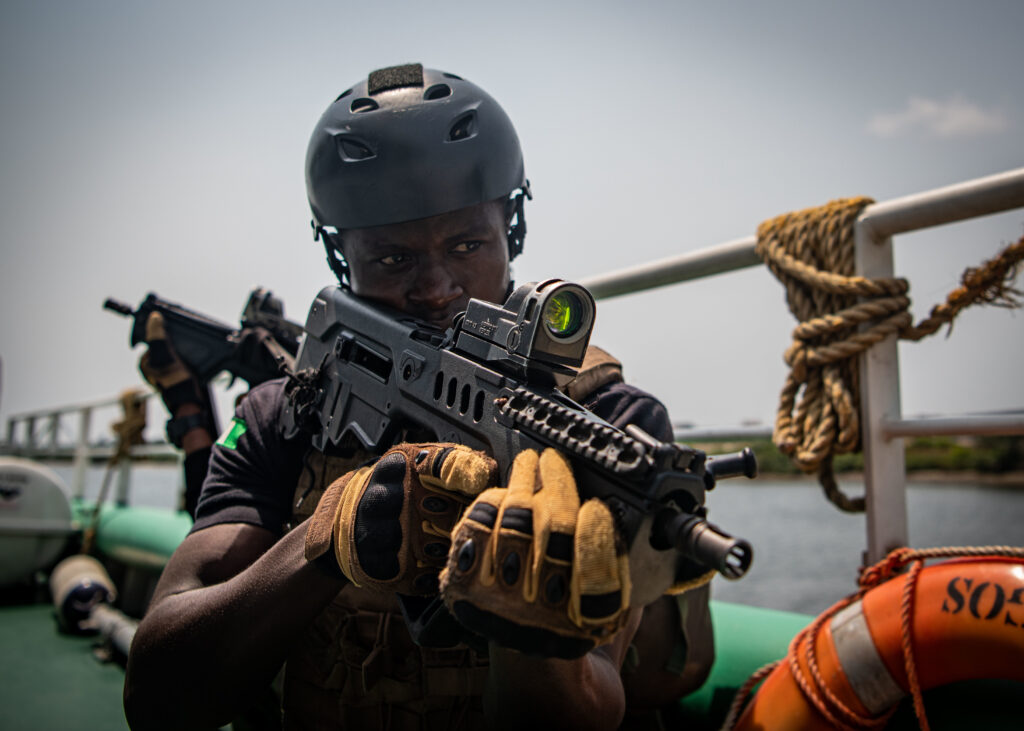
*****
Arlington, Va. — The United States has an enduring commitment to Africa, said U.S. Marine Corps General Michael Langley, commander of the U.S. Africa Command (AFRICOM) in a March 2 digital press briefing sponsored by the U.S. Department of State. AFRICOM represents a partnership of 53 African nations, all working toward the joint goal of security and stabilization across the continent.
Increased maritime capacity is an important factor in that overall strategy.
Gen. Langley stated that, from a U.S. national security standpoint, Africa is a geopolitical force that will require a strong U.S./Africa relationship today that will serve as an “important foundation” for our shared future. AFRICOM takes a “whole nation” perspective to security challenges in the region, said Langley. This includes a “3D” approach that includes diplomatic efforts from the Department of State, development efforts from the U.S. Agency for International Development (USAID), and defense efforts from the Department of Defense.
The focus on the importance of diplomacy was reiterated throughout the briefing. Langley stated that AFRICOM applauds the efforts of both the Department of State and USAID as U.S. diplomats, and development teams work with leaders in both the Democratic Republic of the Congo (DRC) and Rwanda to address the M23 terrorist crisis — a key example of how collaboration can influence the ultimate goals of stability and security in Africa.
Langley also touched on several joint exercises that address both interoperability and capacity building throughout the continent, such as Cutlass Express, a “U.S. Naval Forces Africa-led, all-domain exercise in East African coastal regions and the West Indian Ocean,” and Obangame Express, the “largest multinational maritime exercise in Western and Central Africa.”
AFRICOM will continue to develop partnerships in coordination and cooperation with African partners to tackle shared challenges such as violent extremist organizations, illegal fishing, piracy, and transnational crime, said Langley. Identifying and building on the capacities of local governments in an important step in the right direction to solve complex problems and prevent terrorist from spreading across the continent, he added.
